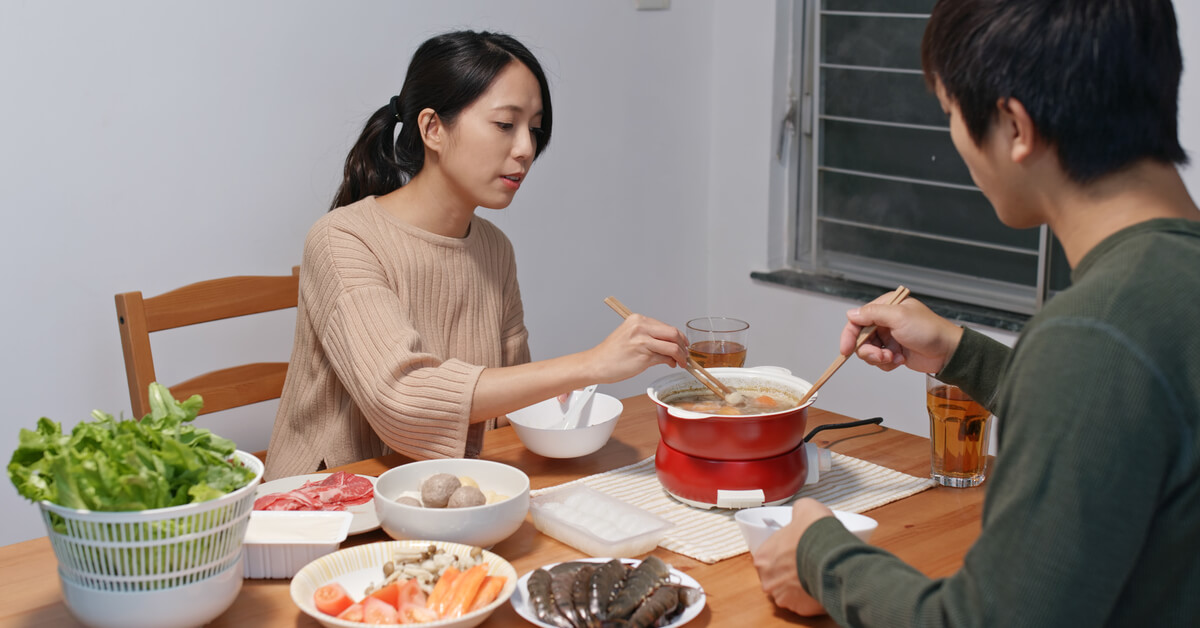Feb. 17, 2022
My mom always told me that regardless of how far and how long one travels, no matter how many new customs, lifestyles, and even ways of thinking one adapts, rarely does a traveler change her “stomach,” that is, dietary preferences. After living in the U.S. for more than 20 years, I find that my mother’s words hold so much truth.
Twenty years ago, the first time I ate cheese, I spit it out. I mistook the white cheese slices for “chicken breast.” I watched it with suspicion for a while. Under my American roommate’s urging, I carefully took a bite: the texture violently shocked my taste buds. I spit it out to prevent myself from vomiting my dinner. This involuntary act astonished everyone at the dinner table. Fast forward to today, I love cheesy garlic bread, a slice of smooth and creamy cheesecake, or a grilled cheese sandwich. However, these are not my go-to foods on a regular basis. Neither will you find them in my fridge or pantry. I only eat them once in a long while at someone else’s house.
Then, what do I eat? Chinese meals of course!
I love beginning my morning…


